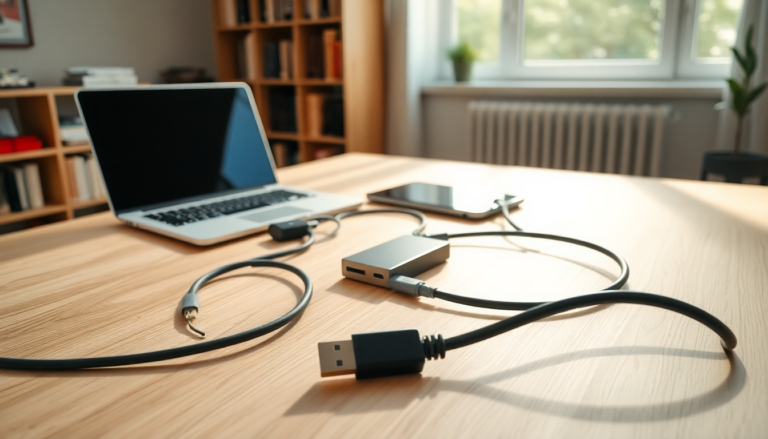Argomenti trattati
The introduction of USB 2.0 and its revolutionary impact
On April 27, 2000, the USB Implementers Forum (USB-IF) unveiled the USB 2.0 standard, marking a pivotal moment in the evolution of data transfer technology. Celebrating 25 years of its existence, USB 2.0 was a game-changer that significantly enhanced the way devices communicate with each other. With a remarkable transfer speed of 480 Mbps, USB 2.0 outperformed its predecessor, USB 1.1, by more than 40 times. This advancement not only eclipsed the speed of older standards like FireWire 400 but also did so at a lower implementation cost, making it an attractive option for hardware manufacturers.
The gradual adoption of USB 2.0 in the tech industry
Despite its early introduction, USB 2.0 took several years to gain traction in the market. The first deployment came from VIA in 2002, with the Southbridge VT8235 chipset paving the way for widespread adoption. Apple followed suit in 2003, introducing USB 2.0 in its Macintosh computers. It wasn’t until 2004 that Intel joined the fray, releasing a Pentium 4 chipset equipped with USB 2.0 capabilities. This slow rollout highlights how even groundbreaking technology can take time to be embraced by manufacturers and consumers alike.
Driver support and the early challenges faced
Another hurdle in USB 2.0’s journey was the lack of driver support at launch. It took nearly a year for Microsoft to provide support through Windows XP Service Pack 1 in August 2002, with additional support coming for Windows 2000 later. Operating systems like Windows 95 and 98, which were still in use during this transition, faced limitations as they were not compatible with USB 2.0 natively. This situation underscores the importance of software compatibility in the success of new hardware standards.
Replacing outdated connection methods
USB 2.0 played a crucial role in phasing out older connection methods such as parallel and serial ports, which were not only large but also significantly slower. For instance, parallel ports maxed out at around 20 Mbps, while serial ports could only manage a meager 256 Kbps. The compact design of USB 2.0 connectors, combined with the hot-swappable capability that allowed users to connect and disconnect devices without restarting their computers, made it a highly convenient alternative. This ease of use, coupled with lower licensing costs, solidified USB 2.0’s position as the primary interface for peripheral connection.
USB 2.0’s influence on modern devices
Today, while USB4 Version 2.0 offers unprecedented speeds of up to 80 Gbps, USB 2.0 continues to hold relevance. It remains the standard interface for peripherals that do not require high data transfer rates, such as keyboards and mice. Notably, even the latest iPhone 16e, Apple’s budget model, is limited to USB 2.0 speeds. This enduring legacy demonstrates that even as technology progresses, some standards remain ingrained in everyday use.
Looking ahead: The future of USB technology
As we celebrate the 25th anniversary of USB 2.0, it’s essential to acknowledge its significant contributions to data transfer technology. Its introduction not only revolutionized how devices interact but also set the groundwork for future innovations. Looking forward, we can anticipate continued advancements in USB technology, driven by the ever-increasing demand for faster and more efficient data transfer solutions.

